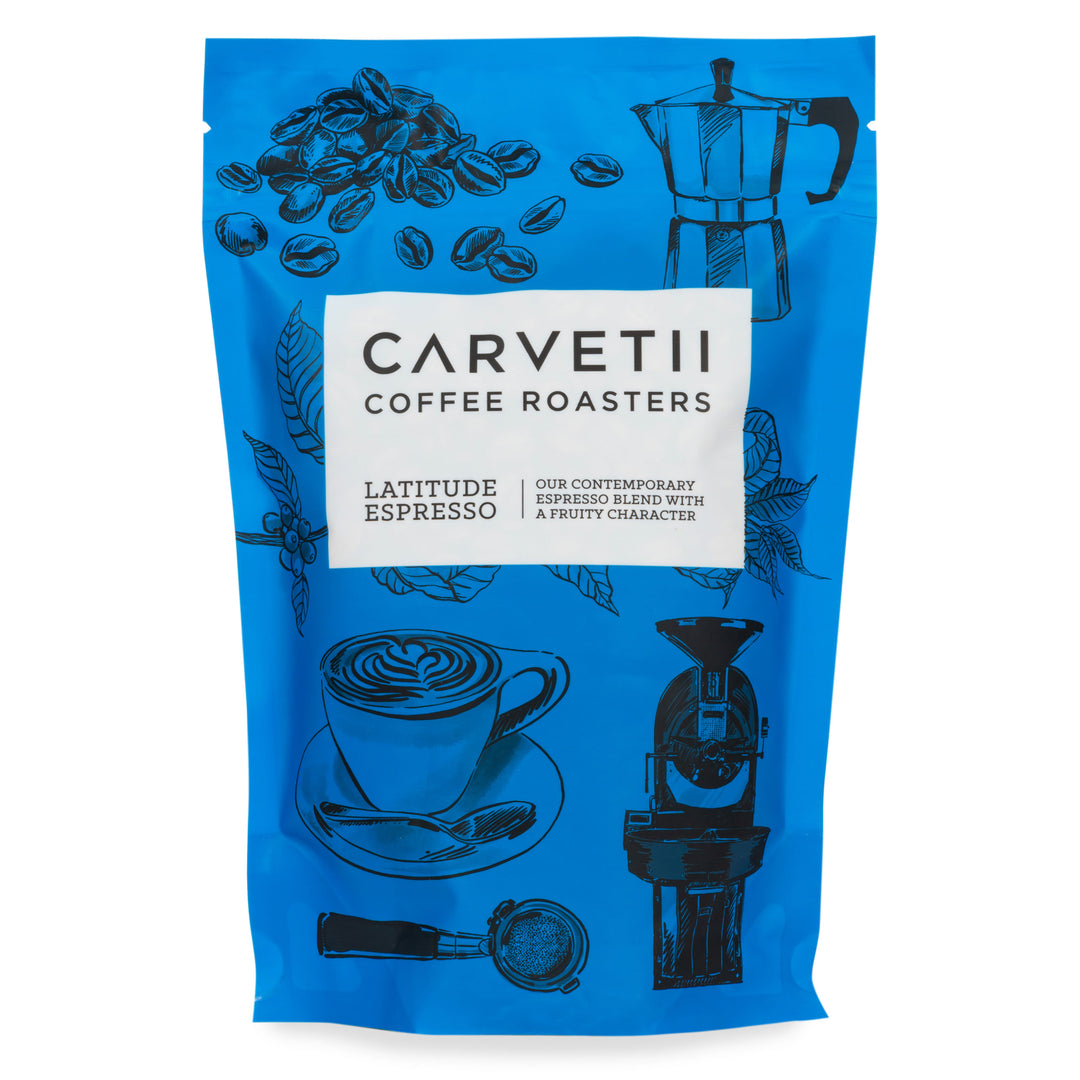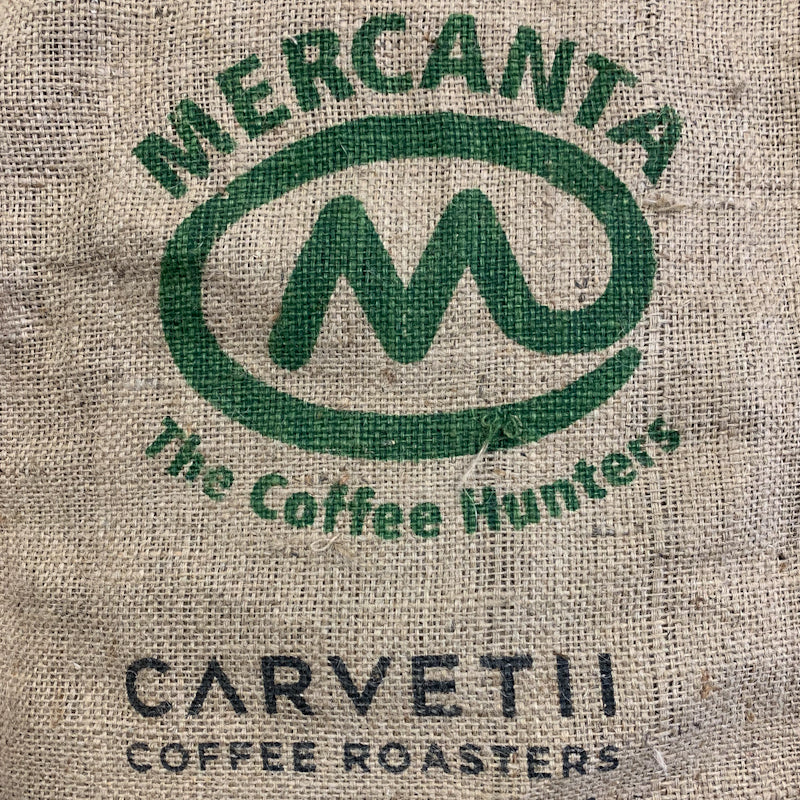Latitude Espresso
Our seasonal espressos each come with their own story, which is part of what makes them so special. Here we take a closer look at the producers behind this coffee.
UGANDA
Rwenzori
The Bugoye Coffee Station is supplied by smallholding farmers in the Rwenzori region of Uganda.
Most farmers have around one hectare of land, and all work on the farm is conducted by hand, usually by immediate family members. Families work together in groups, usually community-based but sometimes also extended family groups, to process and market their coffee, an approach known as ‘share farming.’ This helps improve processing, better control quality and increases their marketing ability.


BRAZIL
Fazenda Vila Boa
Vila Boa is a 1,310 hectare farm located in Sul de Minas region of Brazil. Around 50 hectares of the farm are used to grow coffee. Compare this with the average farm size at Rwenzori above - less than one hectare.
THE FACTS
Rwenzori
Varietals: SL14 and SL28
Processing: Fully Washed & dried on raised beds
Altitude of farms: 1,700 to 2,200m

Fazenda Vila Boa
Varietals: Yellow Bourbon
Processing: Natural
Altitude of farms: 1,150m


HARVESTING & PROCESSING
Rwenzori
During the harvest season, Kyagalanyi encourages farmers to deliver cherry to the respective wet mills instead of hand pulping on their farm.
This coffee was processed using the washed method. Once delivered, the coffee is floated, pulped, and fermented for twelve hours in large steel tanks. The coffee is then washed through channels, graded, and is then moved to dry on raised beds inside polytunnels. The air is too hot to dry outside uncovered, which can cause cracks in the parchment. Additionally, regular rainfall makes it equally difficult to dry in the open. It will stay here for three to seven days depending on the weather, and drying is controlled by turning the coffee regularly and maintaining an equal depth of cherry on the beds. The coffee is then moved to the dry mill in Mbale to dry mechanically for three to four days.
HARVESTING & PROCESSING
Fazenda Vila Boa
Processing typically begins with the coffee cherry being selectively handpicked when the fruit is at its ripest. For this lot, the cherries are picked via machine.
The natural process for this particular lot began with the cherries being delivered to the mill to be sorted in order to remove any underripe or overripe cherries. Next, the cherries are dispersed evenly on patios to dry in the open sun for 10 – 15 days. Once the ideal moisture content is reached, the dried cherries are bagged, rested, then hulled to be prepared for export.







